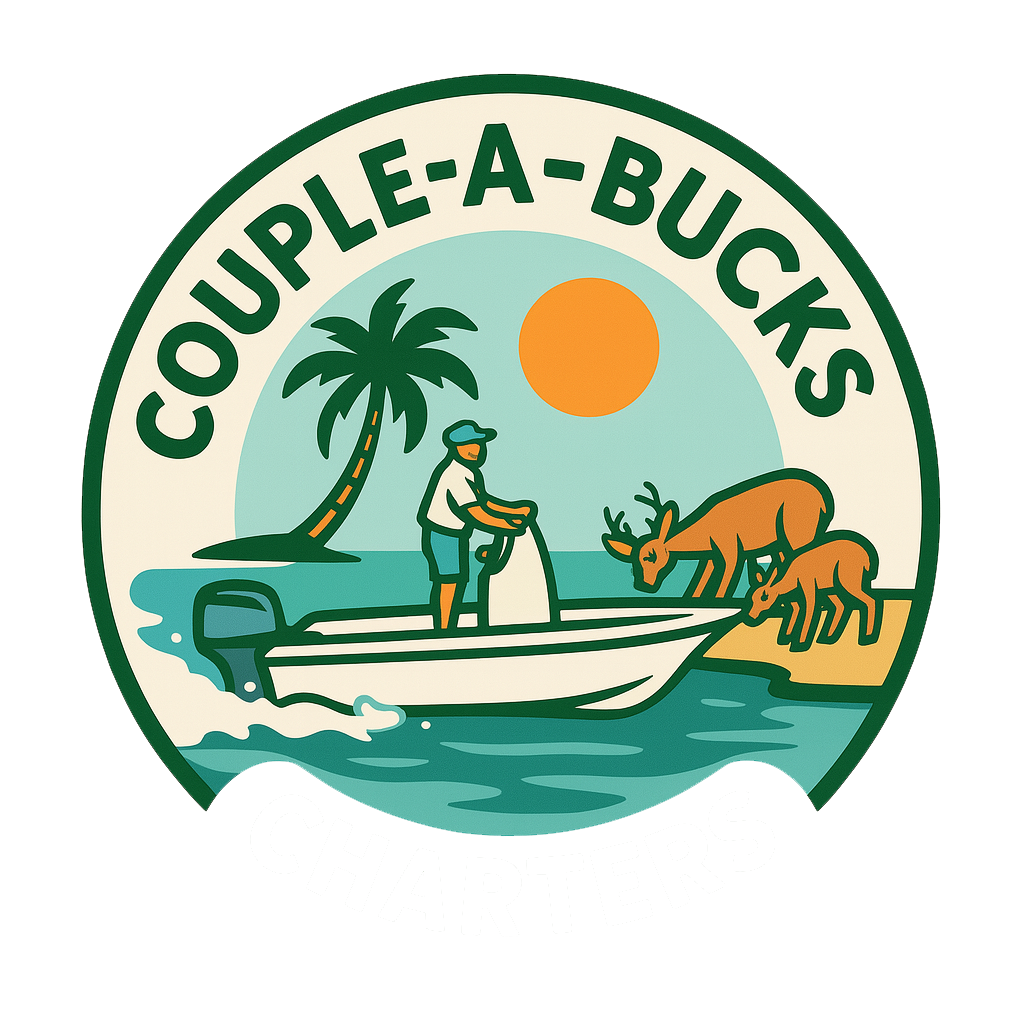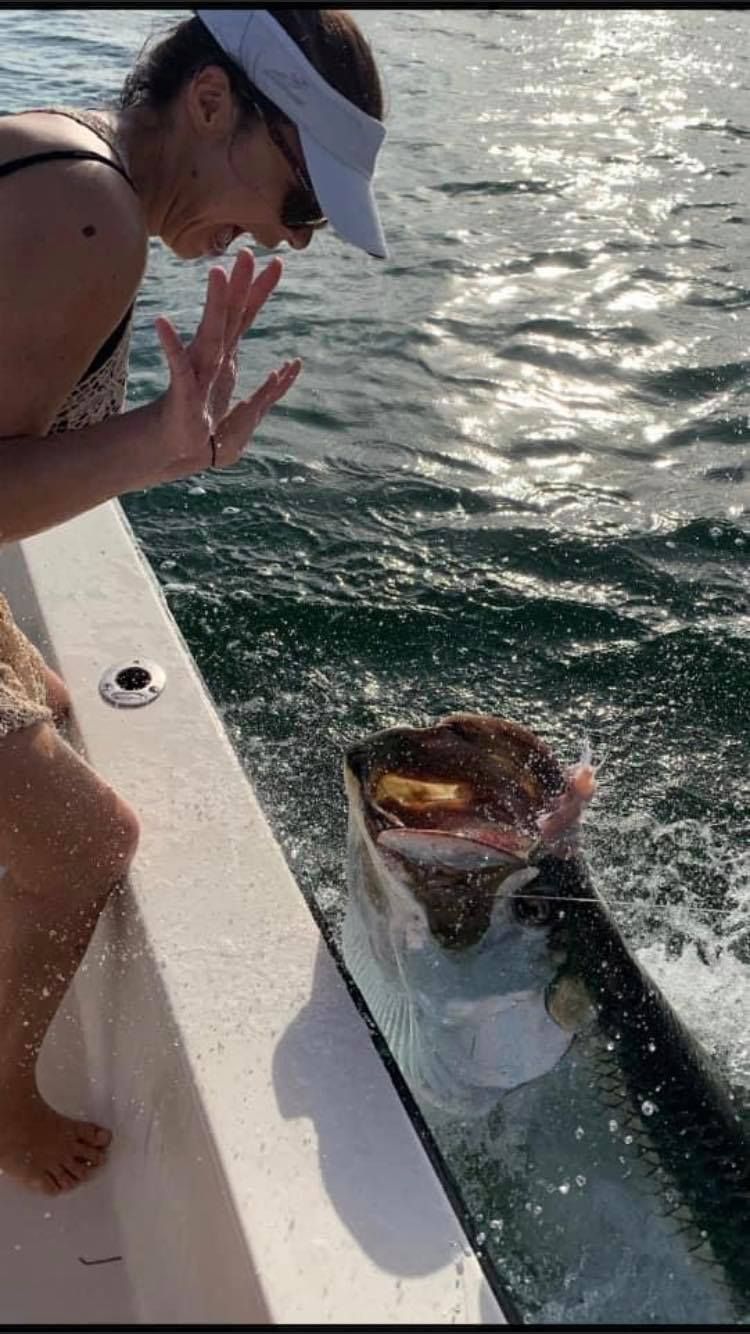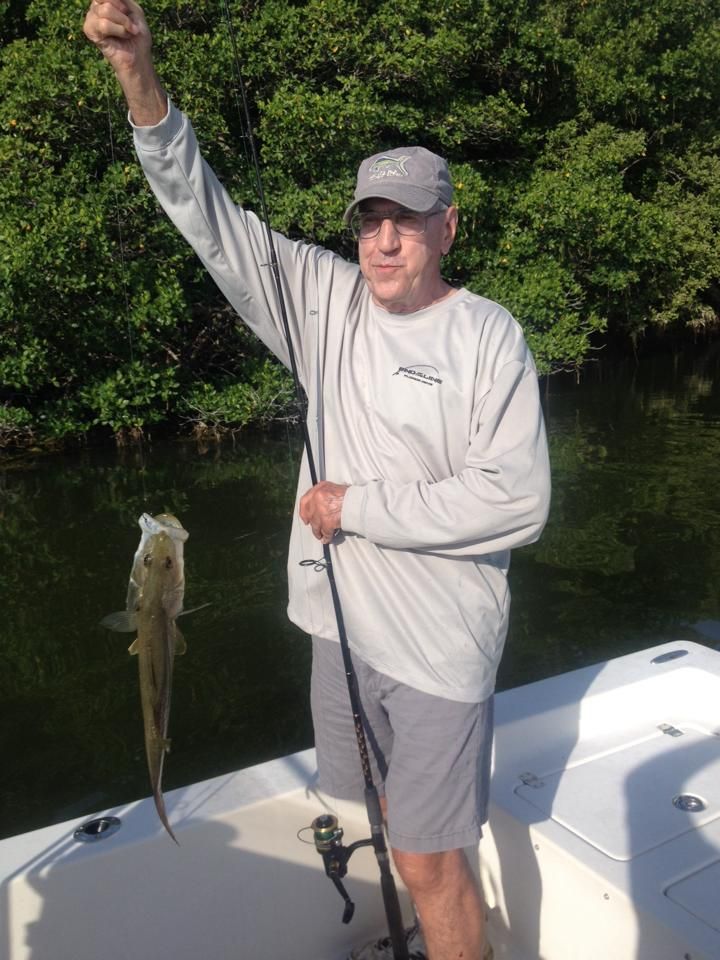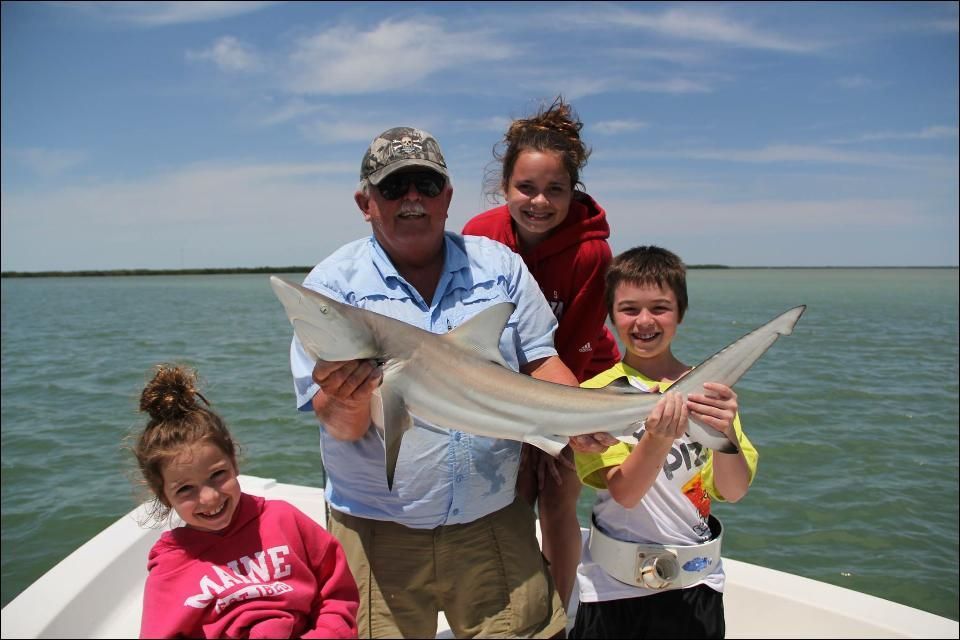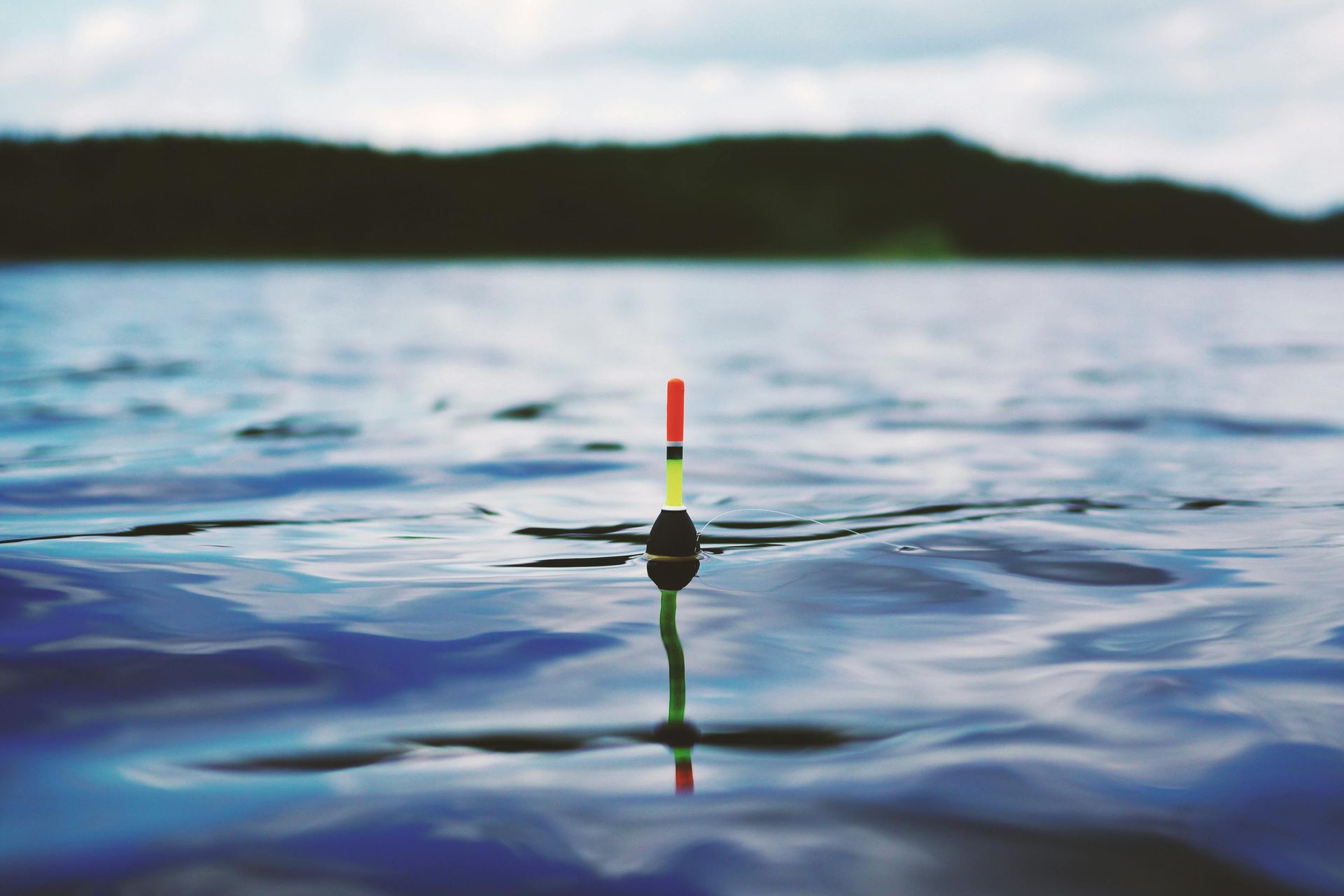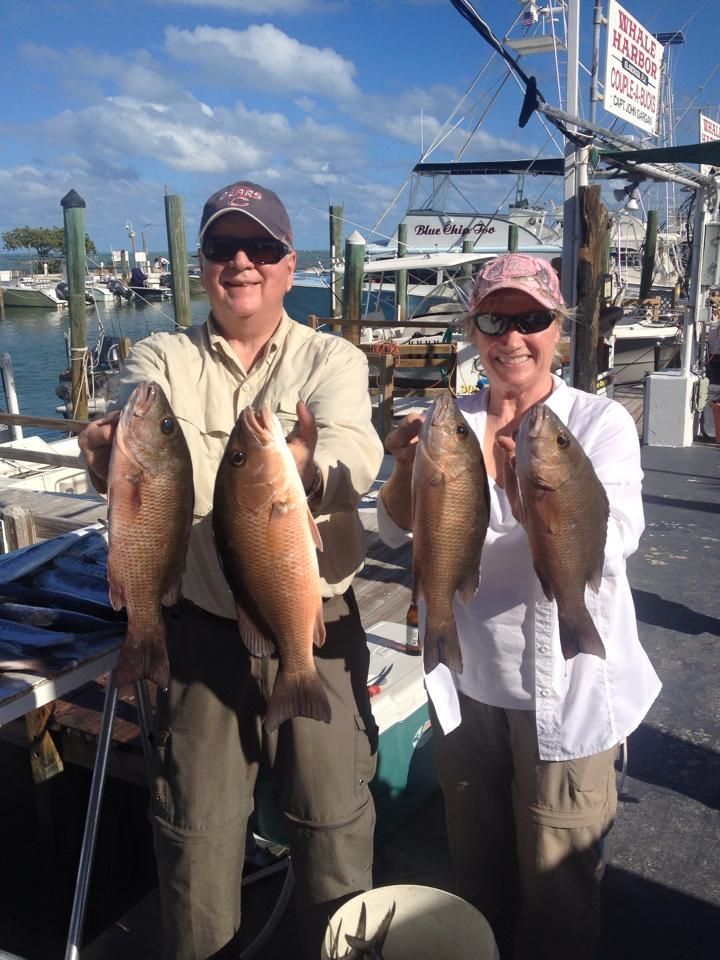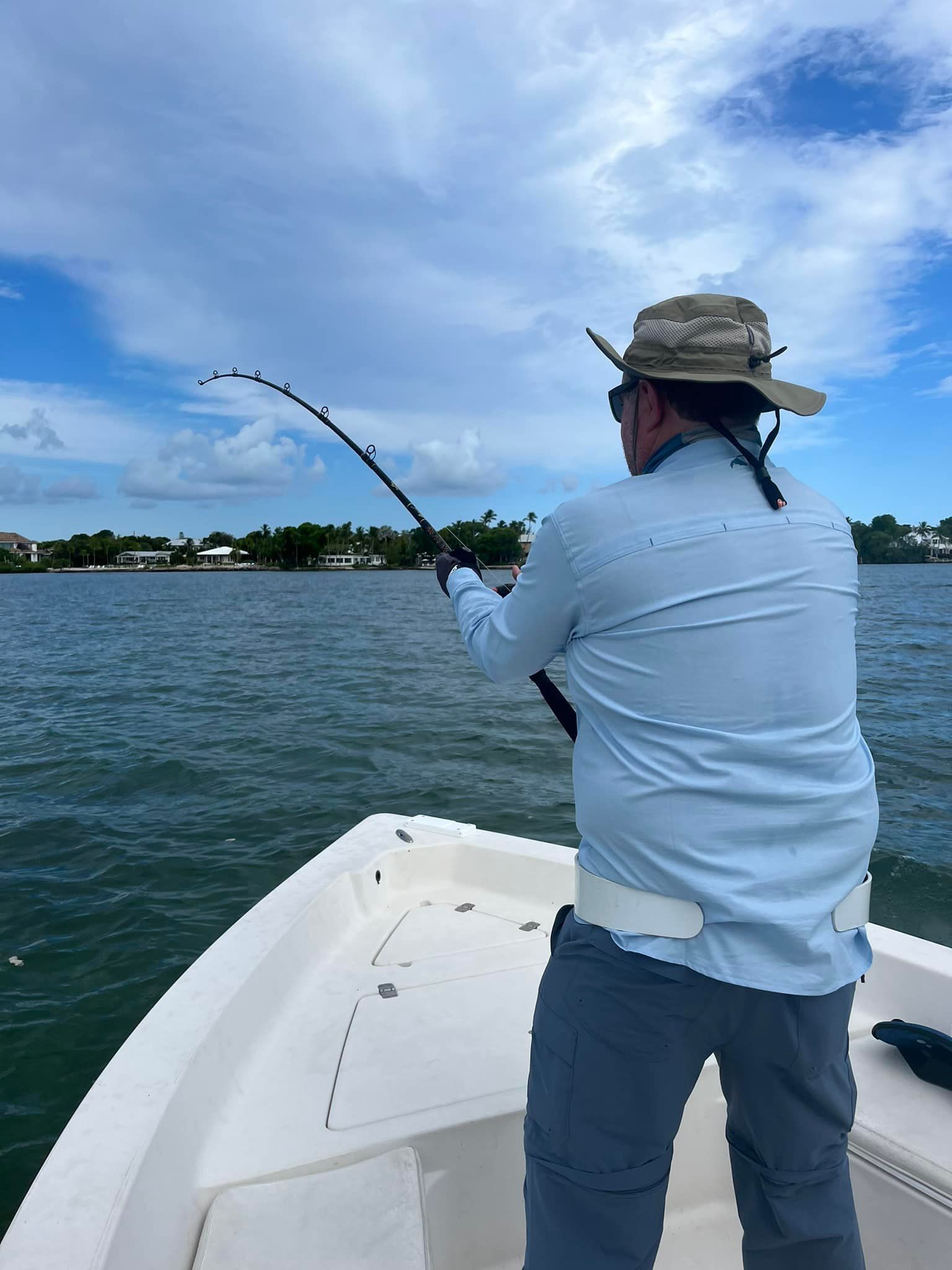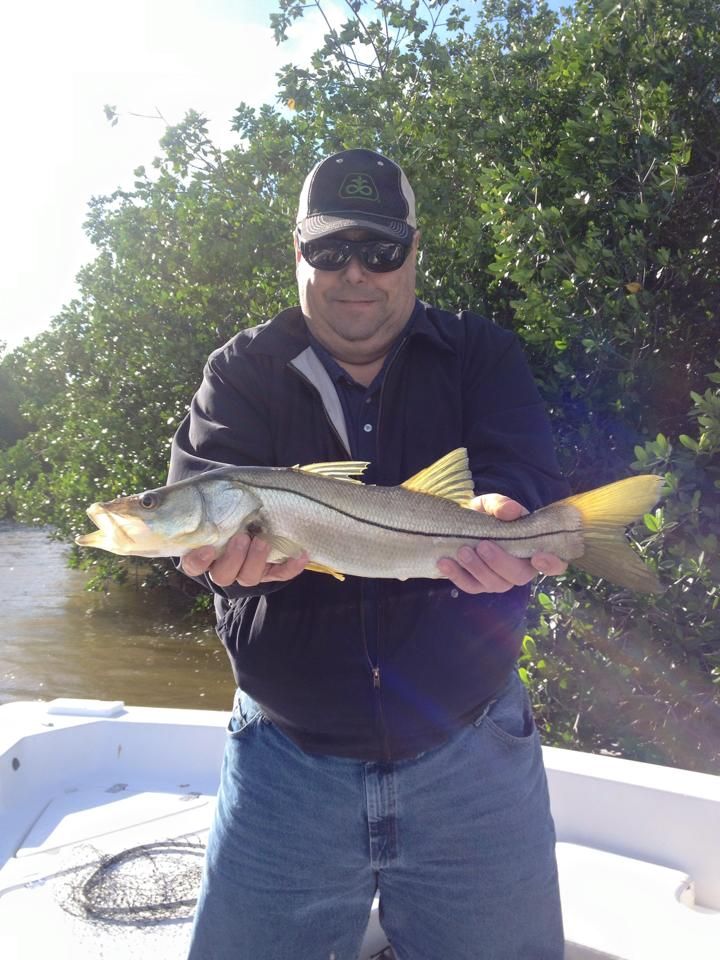Tarpon vs. Bonefish: What Should You Target in the Florida Keys?
Curious about tarpon vs bonefish in the Florida Keys? Learn the differences, when to fish for each, and which is best for your next Islamorada fishing adventure.
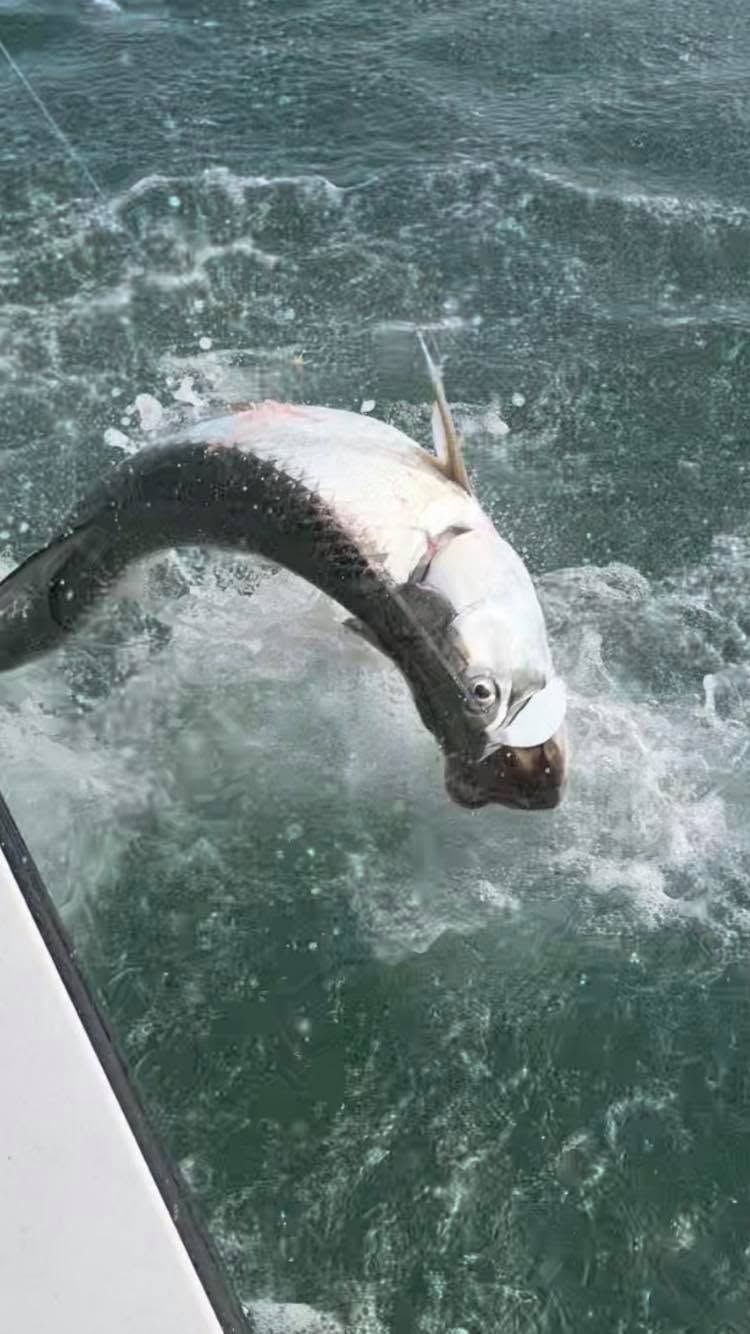
When anglers think of fishing in the Florida Keys, two legendary species come to mind—tarpon and bonefish. Both offer exciting, high-skill fishing opportunities. Both are prized for their fight and beauty. And both draw thousands of anglers from around the world to places like Islamorada each year.
But if you're booking a fishing charter in the Keys and want to maximize your time, which one should you target? The answer depends on your goals, skill level, and the time of year you're visiting.
At Couple-A-Bucks Charters, we guide guests for both tarpon and bonefish and help them choose the experience that’s right for them. This guide will break down the key differences between these two iconic fish—so you can decide which is the better fit for your next Florida Keys fishing adventure.
Tarpon and Bonefish: Quick Overview
Before diving into the differences, let’s start with a quick intro to each species.
Tarpon – The “Silver King”
- Size: 40–150+ lbs
- Fight Style: Powerful runs, aerial jumps, explosive surface strikes
- Habitat: Channels, bridges, flats, and backcountry bays
- Best Season: April–July (peak migration), some resident fish year-round
- Skill Level: Moderate to advanced, but accessible to beginners with guidance
Tarpon are among the most sought-after sportfish in the world. Known for their size and acrobatics, they offer an adrenaline-pumping fight. They’re catch-and-release only in Florida and require patience, precision, and stamina.
Bonefish – The “Ghost of the Flats”
- Size: 2–10 lbs
- Fight Style: Long, fast runs on light tackle
- Habitat: Shallow flats, clear water, sandy or grassy bottom
- Best Season: March–October, depending on conditions
- Skill Level: Great for intermediate to advanced anglers, especially fly fishing
Bonefish are elusive and often require accurate casts and stealthy approaches. They’re incredibly fast, making them an ideal challenge for sight fishing enthusiasts.
Tarpon vs. Bonefish: Key Differences Explained
1. Size and Strength
Tarpon are in a league of their own when it comes to size. Hooking into a 100-pound fish and watching it leap five feet out of the water is something every angler should experience at least once. These fish use their weight, muscle, and agility to wear you down.
Bonefish, though small by comparison, are pound-for-pound one of the fastest fish in the ocean. On light tackle or fly gear, their long, blistering runs will have your drag singing in seconds.
Who wins:
- For raw power and drama, tarpon takes the crown.
- For speed and finesse, bonefish is your fish.
2. Fishing Style and Tactics
Tarpon fishing often involves:
- Casting live bait or lures into bridges or channels
- Sight fishing to rolling tarpon on flats
- Long, tactical fights that may take 15–30 minutes per fish
Bonefishing is typically about:
- Sight casting in 1–2 feet of clear water
- Stalking fish quietly and making accurate presentations
- Quick hook-ups and fast action, especially on light tackle or fly
Who wins:
- Choose tarpon if you want big-fish battles and dramatic moments.
- Go for bonefish if you enjoy technical casting and precision fishing.
3. Difficulty and Skill Level
Tarpon can be targeted successfully by both beginners and experts—especially with an experienced guide. With the right gear and location, even a novice can land a 70-pound tarpon on their first trip.
Bonefish demand a bit more finesse. Casting needs to be more accurate, and the fish spook easily. Fly anglers, in particular, find bonefish to be one of the most rewarding challenges in saltwater fishing.
Who wins:
- Tarpon are more forgiving and ideal for all skill levels.
- Bonefish are better suited for those who like a technical challenge.
4. Scenery and Location
Tarpon can be found in deeper backcountry channels, under bridges, or patrolling shorelines at dawn or dusk. Evening tarpon trips in Islamorada offer amazing light and wildlife sightings.
Bonefish are all about shallow flats with clear water, white sand, and turtle grass. It’s a visually stunning environment, perfect for nature lovers and photographers.
Who wins:
- Bonefish win for scenic beauty and visual appeal.
- Tarpon win for versatility in habitat and dramatic action.
Which Should You Choose?
Here’s a quick decision guide to help you choose the right trip:
- Choose Tarpon if:
- You want a big, powerful fish
- You’re okay with fewer bites but bigger rewards
- You want a dramatic, story-worthy experience
- You’re visiting April–July
- Choose Bonefish if:
- You prefer finesse, accuracy, and stealth
- You enjoy sight fishing on clear flats
- You’re fly fishing or using light spinning gear
- You want constant action on smaller fish
Can You Target Both in One Trip?
Yes, and many anglers do. On certain days, tides and locations allow us to sight-fish for bonefish early, then transition to deeper channels for tarpon later in the day or evening.
For example:
- Morning: Poling across the flats in pursuit of ghosting bonefish
- Evening: Setting up near a bridge or backcountry creek for rolling tarpon
It’s a dream combo trip for anglers looking to experience the best of both worlds—and something we’re proud to offer at Couple-A-Bucks Charters.
FAQs: Tarpon vs Bonefish in the Florida Keys
Which is harder to catch?
Bonefish are typically more skittish and require greater precision. Tarpon are harder to land due to their size and jumping.
Are tarpon and bonefish good to eat?
Both are strictly catch-and-release in Florida due to conservation concerns and poor table quality.
Do I need fly fishing experience for bonefish?
Not necessarily. Bonefish can be caught on light spinning gear as well, and we provide all the gear and instruction needed.
Is there a best month to target both species?
May and June are ideal months for anglers who want the best shot at both tarpon and bonefish.
Book a Custom Tarpon or Bonefish Charter in Islamorada
Whether you’re chasing the brute strength of a tarpon or the stealthy speed of a bonefish, Islamorada is the place to do it. At Couple-A-Bucks Charters, we tailor every trip to the species, season, and skill level of our guests.
Let us help you build the perfect fishing adventure—whether you want to focus on one species or go for the full “flats slam.”
Contact Us to Plan Your Trip:
Website: https://coupleabucks.com
Phone: (305) 393-2714
Email: jgargan293@aol.com
Hours: 6:00 AM – 10:00 PM, seven days a week
[Request Your Custom Charter – https://coupleabucks.com/contact]
